

At some point, nearly every child experiences a cavity. According to the Centers for Disease Control and Prevention, more than 50 percent of children under the age of 8 have had at least one cavity in one of their baby teeth. Sometimes, the cavity is small enough and can be treated with a filling, but in others, more advanced care is required. That’s where pulp therapy in Long Beach comes in! Could your child benefit from this procedure? Contact our team for an appointment today!

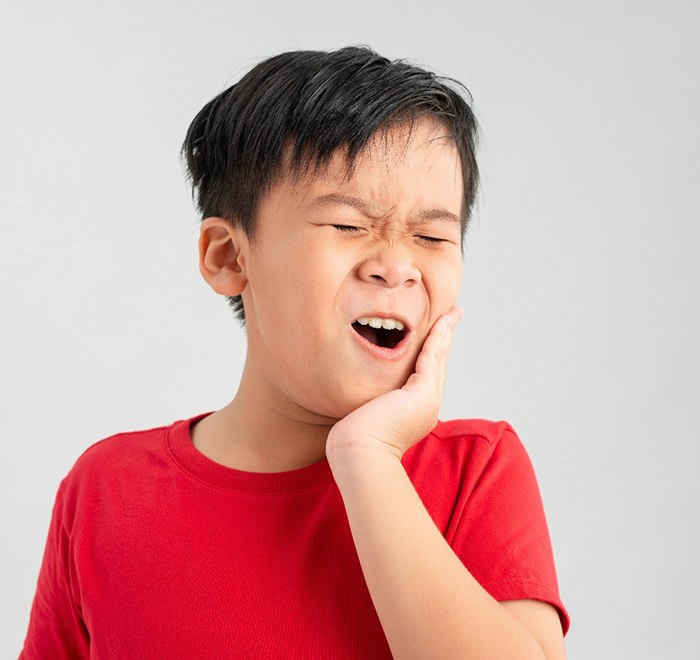
If one of your child’s baby teeth has experienced one of the following, pulp therapy may be necessary:
Many times, these circumstances cause pain that can make everyday functions difficult for your child. With pulp therapy, we can give your child’s baby tooth another chance and prevent extraction.
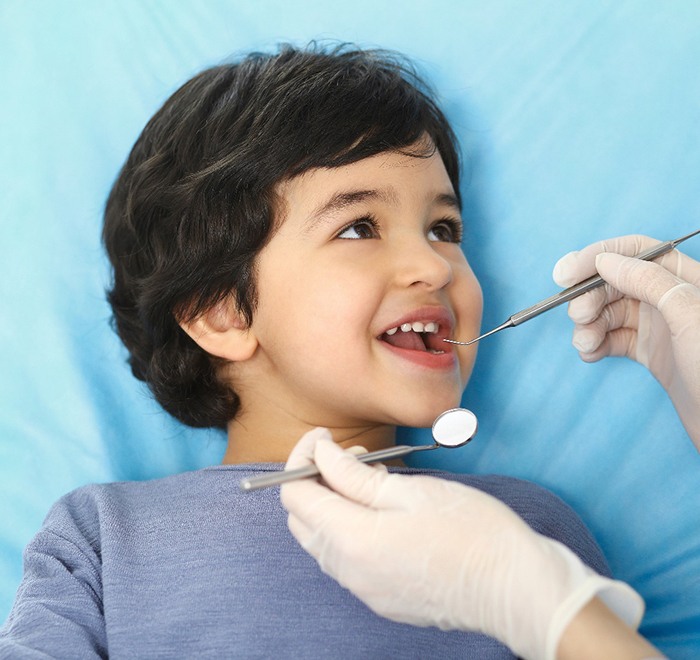
Once we determine that pulp therapy is necessary, we will talk to you about possibly using general anesthesia if your child needs it. After all, they need to stay still for the entire procedure. With or without this sedation, we’ll administer a local anesthetic to numb the area of your child’s mouth and then remove the infected structure of the baby tooth, including the pulp or nerve center. Depending on how extensive the damage is, we may restore the tooth with either a filling or with a dental crown.

At this point, you may be thinking that it would be simpler to extract the baby tooth entirely—they are going to come out eventually anyway, right? While this is true, the timing of losing these teeth matters. If baby teeth are lost too prematurely, the permanent teeth forming under the gums can line up incorrectly, creating or worsening orthodontic issues. Plus, without a complete set of teeth, your child may struggle to eat or speak clearly.
On the other hand, when baby teeth are preserved until they naturally come out, the alignment of permanent teeth can be closer to what it should be. In addition, your child will be better able to bite and chew their food as well as enunciate as they learn to communicate.
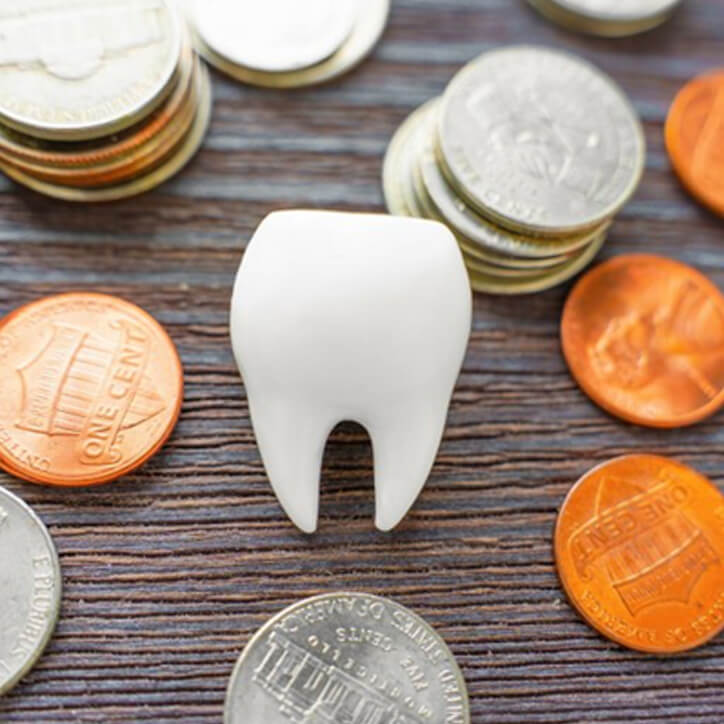
The only way to know the exact price of your child’s pulp therapy will be during the initial consultation. For this visit, we’ll discuss their oral health and perform a thorough evaluation of their situation so that we can develop a treatment plan and review the details of the process with you. Until then, here are certain things we will consider when determining the cost of pulp therapy.

Our team will first take X-rays of your little one’s smile as well as perform a visual exam to determine several things, such as the kind of tooth needing treatment, the complexity of the situation, and the type of restoration that might be needed afterward. We will also need to verify that your child is free of any underlying issues that could be problematic in the future, such as gum disease, which can also impact the overall cost of the process. Once we’ve reviewed these factors, only then can we provide an accurate price estimate for the procedure.
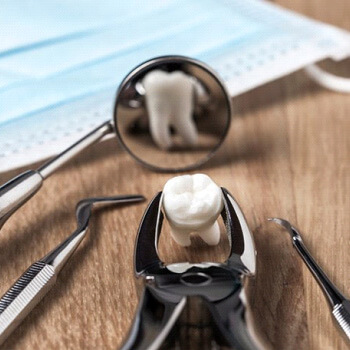
Extracting the problematic tooth instead of providing pulp therapy might only be a viable solution for your child in certain cases, such as if they already have a primary tooth that’s about to come out on its own. Otherwise, if they have a permanent tooth or their primary tooth has much longer to go before coming out, then it’ll be more cost-effective to save it instead of removing it. If you extract the affected tooth, you might end up paying more for additional services, such as tooth replacements or space maintainers.
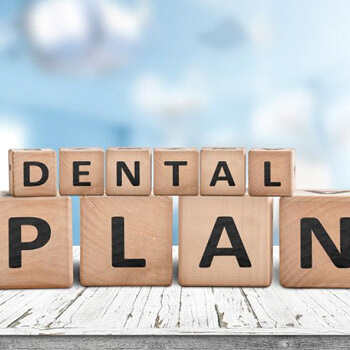
Dental insurance companies will typically offer coverage for pulp therapy since it’s meant to preserve a child’s teeth and oral health. Of course, the precise amount of coverage will mostly depend on the specific benefits included in your policy, which can often vary from person to person. Generally speaking, insurance companies might offer coverage for half of the cost. Be sure to consult our front desk team members so they can help relay the details of your plan as well as make the most of your perks.
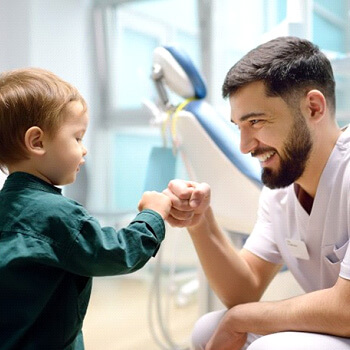
We understand that not everyone has dental insurance, but we want to ensure every patient has a chance to get the essential treatment they need for a beautiful and healthy smile. That’s why we’re proud to offer our in-house membership that allows patients to enjoy incredible discounts on various services with simply one flat annual fee! You might also consider financing through Lending Tree, which can help split the total cost of your child’s dental care into monthly payments.
While pulp therapy does involve a procedure where our team will access the inner layers of your little one’s tooth, you should not expect them to experience a great deal of pain during their appointment. Our pediatric staff utilizes general anesthesia to completely numb our patients' mouths so that they don’t feel much discomfort while undergoing the process. If anything, the treatment is designed to remove decayed or damaged particles from within the tooth, meaning we can significantly reduce any symptoms of pain while protecting them from spreading disease.
Although a toothache can seem like it has vanished or faded away over time, this does not mean that the underlying issue itself has been resolved. In many cases, this can be a major indication that the inner nerve of the tooth has been severely damaged, which also means that the surrounding gums, teeth, and bone tissue are also in danger of infection. That’s why, even if your little one says they don’t feel much pain after experiencing a toothache, you’ll want to bring them into our office for an examination just so that we can evaluate their condition and address any underlying problems that aren’t visible from the surface. If they do require pulp therapy, we’ll be sure to walk you through the process as well as the cost of treatment and ways to make the procedure affordable for you.
The short answer is yes! Pulp therapy is a treatment reserved for growing teeth that are experiencing decay typically due to poor oral hygiene. That said, you can help your child reduce their chances of needing the procedure by encouraging them to commit to good teeth cleaning practices at home, including flossing every day or after every meal. Additionally, you should consider bringing them in for dental checkups and cleanings every six months so that our team can monitor their oral health and provide treatment to help prevent issues from arising, such as decay and infection. Remember to also invest in mouthguards if your child participates in sports, and make sure they don’t snack on sugary treats too often, as this can make it easier for bacteria to settle in their mouth.
Although the treatment itself should not involve any pain, the numbing effects from the anesthesia will typically wear off a few hours after your child’s appointment. Before then, you’ll want to stock up on items that can help make their healing period much smoother. These can include prescribed or over-the-counter pain relievers, soft foods (tomato soup, yogurt, etc.), and saltwater mouthrinse that can help minimize discomfort as well as disinfect their mouth. If your child feels discomfort that persists after three days or worsens over time, notify our team right away so that we can address the situation.